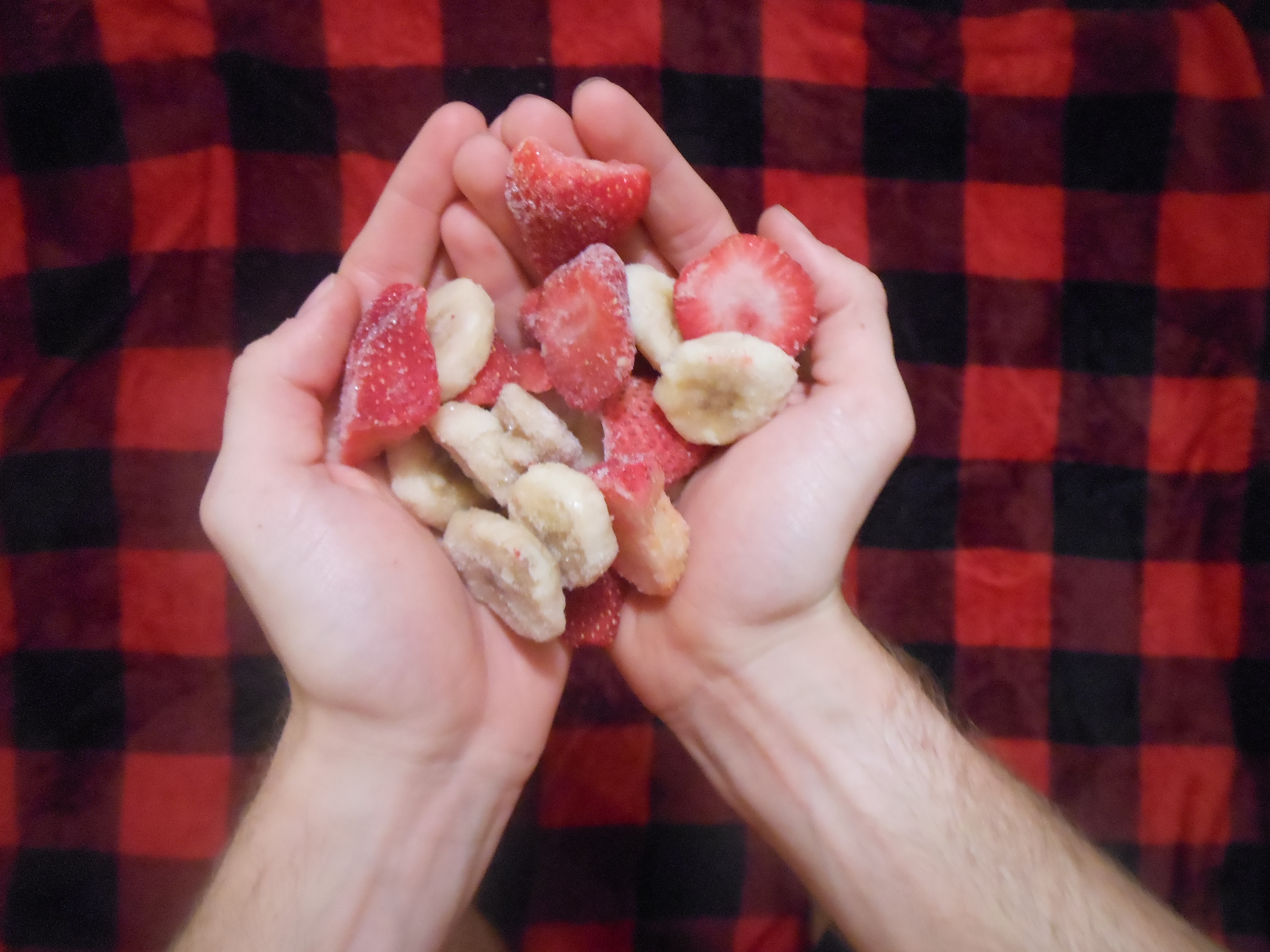
Brianna Willoughby, clinical dietitian for Mercy Hospital in Rogers, Arkansas, tells how to make sure to get the right nutrition in each meal.
To be a dietitian, Willoughby had to go to an accredited program and get a degree, and she followed that with an accredited internship. As a dietitian, she had a number of career options: to work in the food service industry, checking menus and making sure all dietary information was correct; in the community, where she could work with school programs; or as a clinical dietitian, working with patients to see if they had lost any weight and ensuring they were getting all the nutrition they need.
Willoughby chose to work in hospitals as a clinical dietitian where she can educate patients on how to make healthy decisions.
Here’s the scoop for busy college students:
“Calories in, calories out”
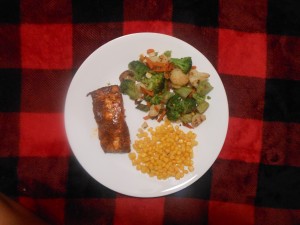
When working to maintain weight, it is important to make sure all calories that are taken in are burned through being active. Willoughby works with the calorie intake side as opposed to the calories burned side. She says it is important to keep meals balanced including non-starchy vegetables (not carrots, corn, peas, or potatoes), a starchy vegetable, and a lean protein.
“Treating meat as a side dish”
Meat is a higher calorie option, and if you are working to lose or maintain weight, it is a better choice to fill up on starchy vegetables, not meat. Carbohydrates should be treated similarly, as a side dish.
Plan a healthy meal for yourself or someone you love.
“Choosing frozen is just as good.”
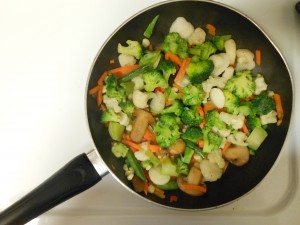
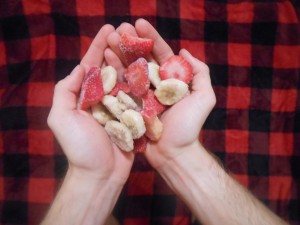
As a busy college student, it can seem difficult to keep up with fresh fruits and vegetables. Willoughby explains that there are options to prevent throwing out valuable nutrition. Frozen fruits and vegetables are picked and blanched immediately, so they hold all of their nutritional value. This may be a better option than fresh fruit because while fruits are sitting on the shelf, they can lose some of their nutrition content. Willoughby says that it is important to stay away from any fruits or vegetables containing sauce or gravy because those can be high in sodium.
“Right now, we don’t know how good coconut oil is.”
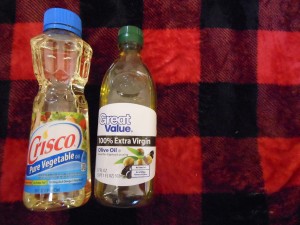
Willoughby says that coconut oil may not be the best option when trying to find a substitute for butter. Studies have shown that coconut oil is high in saturated fat, but it is a different saturated fat than what is found in high-fat animal products. Because it is a fat, she reminds us that we should be apprehensive when using it. Willoughby suggests heart-healthy fats like vegetable oil and olive oil, which are known to be a healthier option.
Cocoa-dusted almonds

For anyone with a sweet tooth, these are a healthy alternative to any sweet. In one ounce, you can get 28 almonds that are packed with protein and are dusted with cocoa, giving a sweet flavor.
Greek yogurt is also a healthy alternative when craving a snack. It has excess protei,n and when flavored by fresh or frozen fruit, you will avoid any extra unnecessary sugars.
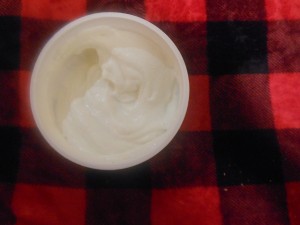
Complex carbohydrates

Our body quickly digests foods that only contain refined sugars and fats. It is important to choose foods with complex carbs in order to slow that process down. Take a whole-wheat bagel with peanut butter: the bagel is going to be high in fiber and complex carbs, and the peanut butter is high in protein and healthy fats, which will take longer to burn and will leave you feeling fuller for longer.
“We are going to recommend choosing the nuts.”

When deciding between a donut and a handful of nuts with the same calorie count, Willoughby says you should choose the nuts. The nuts are going to contain protein and fiber, while the donut will only have refined sugar that has no nutritional value.
“We can fit everything in to a healthy diet.”
It is OK to have a large steak or a cookie. What we must watch is how often and how many. We should limit the amount of times we are going out to have a large steak, and when having a cookie, we should limit it to just one instead of having 10 and not having it every day.